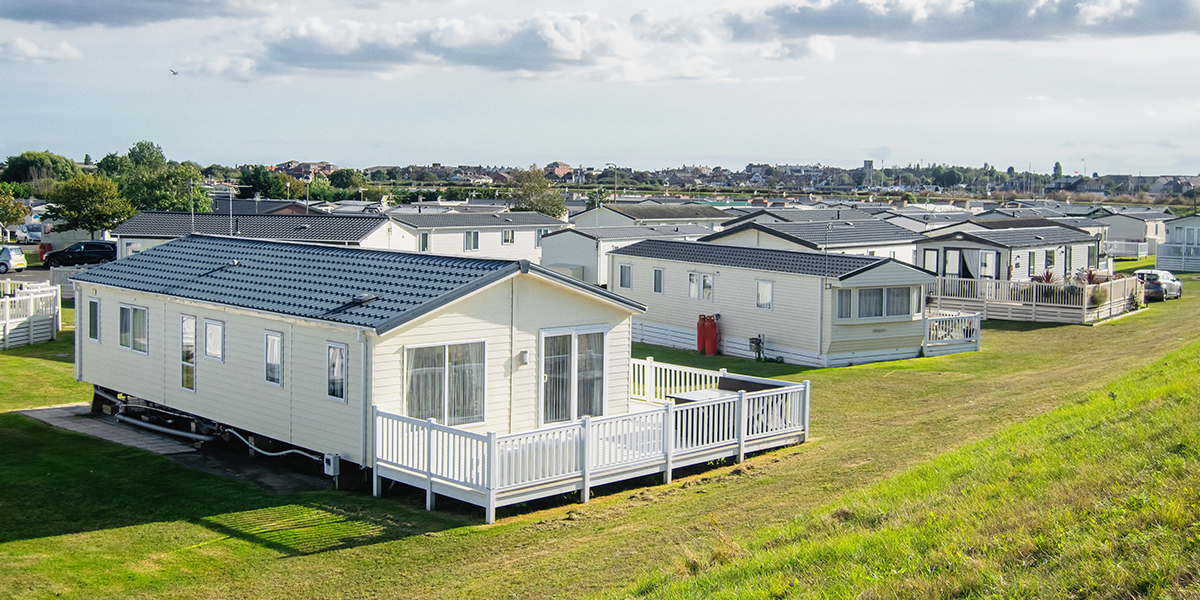LEED, which stands for “Leadership in Energy and Environmental Design”, is a green building certification program managed by the U.S. Green Building Council (USGBC). The goal of the LEED program is to protect and restore our environmental resources and enhance human health and well-being through the promotion of sustainable building and facility management practices.
LEED certification not only helps the planet and the people who live on it — it’s also a smart fiscal move for businesses and property owners who seek to take advantage of the associated government incentives and long-term savings on operating costs that result from more efficient buildings. The value of a building gaining its LEED certification also extends to public relations and increased real estate profitability.
How does a building gain LEED certification? By scoring points in different categories pertaining to sustainability. These credit categories include Location and Transportation (LT), Sustainable Sites (SS), Water Efficiency (WE), Energy and Atmosphere (EA), Materials and Resources (MR), Indoors Environmental Quality (EQ), Innovation (IN), and Regional Priority (RP).
Points for water resource efficiency represent the third most weighted LEED category — underscoring the importance of establishing a responsible water usage plan in your building. Up to 12 LEED water efficiency points are available, though there may be more if water resource issues are especially critical in your building’s region.
According to USGBC, “The Water Efficiency (WE) section addresses water holistically, looking at indoor use, outdoor use, specialized uses, and metering. The section is based on an ‘efficiency first’ approach to water conservation.”
This means there are prerequisites that a building must meet to achieve basic LEED status, but to earn more points, there are additional efforts involving the sustainable uses of non-potable and alternative sources of water.
Here are the four basic areas for meeting the prerequisites and scoring additional points in the LEED Water Efficiency section:
Indoor water use reduction
Plumbing fixtures and appliances can make or break the receipt of the indoor water use credit, which is why retrofitting these items with more eco-friendly, low-flow versions is critical. Water use processes may also be affected by thoughtful facility policies.
Outdoor water use reduction
The most common sense way to reduce outdoor water waste is by eliminating or reducing irrigation within the facility’s outdoor landscape. This is crucial in areas that are naturally arid or often suffer from droughts. Irrigation systems typically use way more water than they need to get the job done, so cutting down irrigation water usage can make a world of a difference in your conservation goals.
Building-level water metering
It’s difficult to track your water usage without effective metering or monitoring of your facility’s water systems. Using a water meter management device like WaterSignal can simplify the process and help you meet your overarching water conservation goals with accurate facility benchmarking tools and real time leak detection.
Cooling tower water use
While bathrooms and irrigation systems tend to be the most notorious when it comes to water consumption, cooling towers can also demand quite a bit of water. Luckily, by installing a device like WaterSignal, you can easily track how much cooling tower water is lost to evaporation and drift. This gives you insight into how well your cycles of concentration are optimized. It also can help you qualify for cooling tower evaporation credits and estimate the return on investment for your facility retrofits.
Contact WaterSignal today to learn how a water meter data management can help your facility on its path to becoming a LEED-certified green building.




